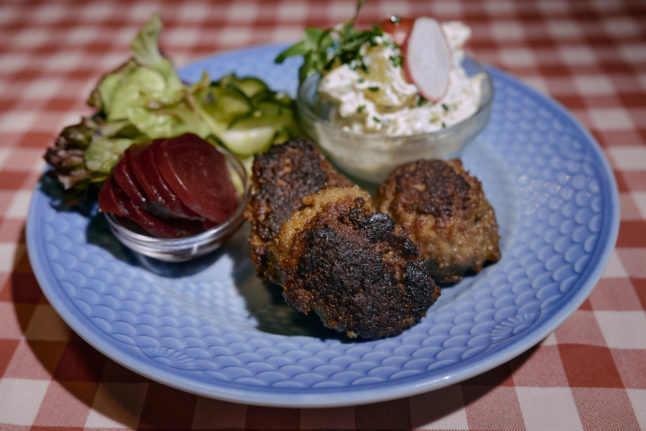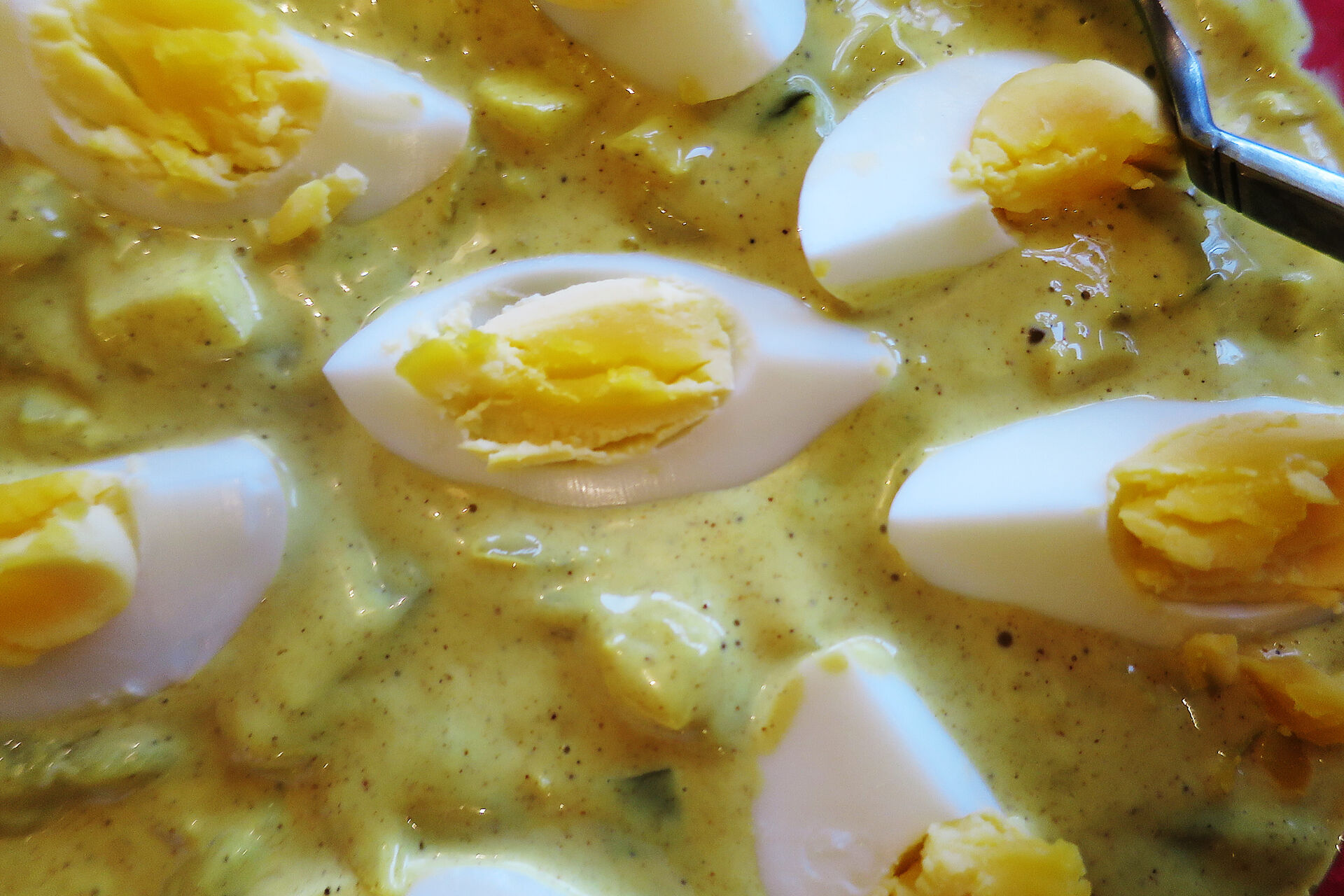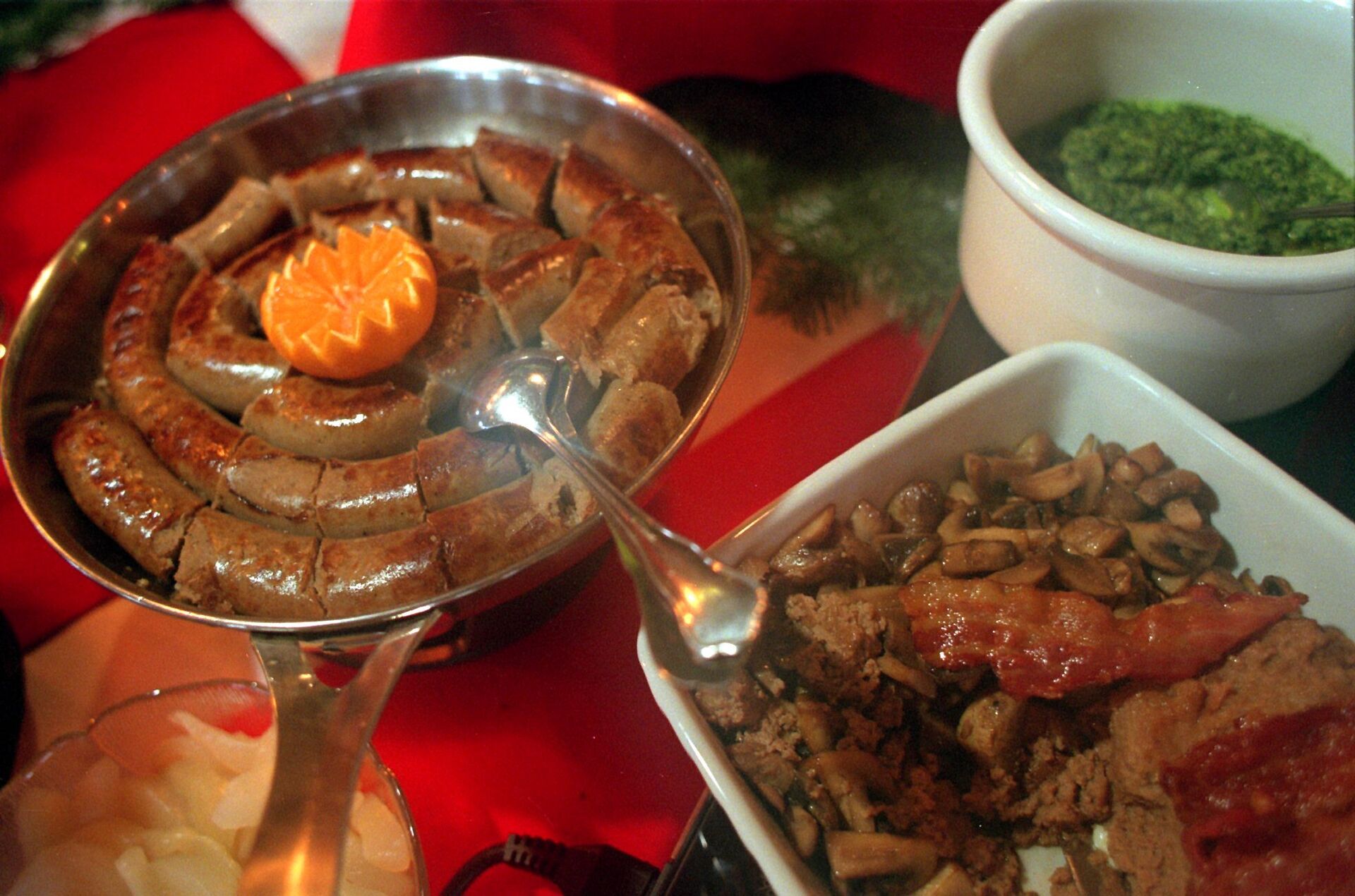HEALTH
Grocery chain makes it cheaper to eat healthy
The food minister may have just notched his first victory in his proposed 'food revolution' as discount chain moves to drop prices on all fruits and vegetables.
Published: 28 August 2014 15:52 CEST

Photo: Colourbox
The food and agriculture minister, Dan Jørgensen, spent the better part of his summer holiday encouraging Danes to eat healthier and telling stores that they should make healthier options more appealing to shoppers. Now it looks like his efforts to get more people to embrace vegetables and fruit have, well, borne fruit.
The discount grocery chain Kiwi, which has over 100 locations nationwide, will make it cheaper for customers to buy healthy foods. The chain will drop prices on all fruits and vegetables, allowing everyone who shops with a Kiwi card to save 20 percent on healthy options.
“There are a lot of Danes who would like to live healthier but think that it is too expensive. And that is interesting seen from our perspective, because we can do something about it,” Carsten Hansen, the head of the chain, told Berlingkse.
Hansen admitted that the move wasn’t solely altruistic.
“It is of course about both health and business. We want to be bigger and more well-known. The Danish discount branch is a tough market and we are the newest player, so we think this will help give Kiwi a good position from here on out,” he said.
Jørgensen has called for a ‘food revolution’ in an effort to get Danes to make healthier choices and eat more domestically-produced food.
Url copied to clipboard!




 Please whitelist us to continue reading.
Please whitelist us to continue reading.
Member comments